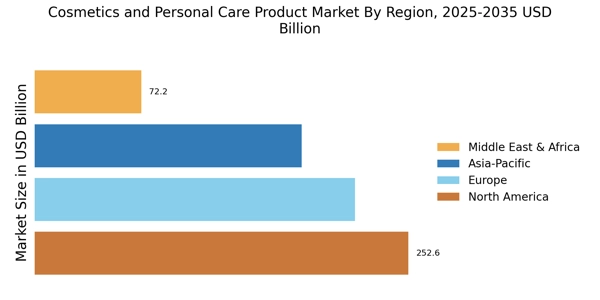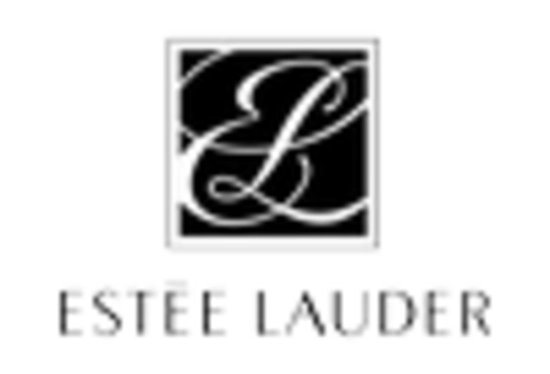Rise of E-commerce Platforms
The Cosmetics and Personal Care Product Market is experiencing a notable shift towards e-commerce platforms. This transition is driven by changing consumer preferences, as more individuals opt for the convenience of online shopping. In 2025, e-commerce sales in the cosmetics sector are projected to account for approximately 30% of total sales, reflecting a significant increase from previous years. The rise of social media influencers and targeted online advertising further enhances this trend, allowing brands to reach a broader audience. Additionally, the availability of subscription services and personalized recommendations on these platforms is likely to enhance customer engagement and loyalty. As a result, traditional retail channels may face challenges in maintaining their market share, compelling them to adapt to the evolving landscape of consumer purchasing behavior.
Rising Awareness of Skin Health
The Cosmetics and Personal Care Product Market is increasingly influenced by rising awareness of skin health among consumers. As individuals become more informed about the importance of skincare, there is a growing demand for products that promote skin health and address specific concerns such as aging, acne, and sensitivity. In 2025, the skincare segment is expected to account for over 40% of the total cosmetics market, underscoring the significance of this trend. Consumers are seeking products that not only enhance appearance but also provide long-term benefits for skin health. This shift is prompting brands to invest in research and development to create innovative formulations that cater to these needs. Consequently, the industry is likely to witness a surge in the introduction of products that combine cosmetic benefits with dermatological efficacy.
Growing Demand for Natural Ingredients
The Cosmetics and Personal Care Product Market is witnessing a growing demand for products formulated with natural ingredients. Consumers are increasingly becoming aware of the potential adverse effects of synthetic chemicals, leading to a shift towards organic and eco-friendly alternatives. In 2025, it is estimated that the market for natural cosmetics will reach a valuation of over 15 billion dollars, indicating a robust growth trajectory. This trend is particularly pronounced among younger consumers, who prioritize sustainability and ethical sourcing in their purchasing decisions. Brands that emphasize transparency in their ingredient sourcing and production processes are likely to gain a competitive edge. Consequently, the industry is adapting by reformulating existing products and launching new lines that cater to this demand for natural and organic offerings.
Increased Focus on Men’s Grooming Products
The Cosmetics and Personal Care Product Market is experiencing a notable increase in the focus on men’s grooming products. Traditionally, the market has been dominated by female consumers; however, recent trends indicate a shift as more men seek personal care products tailored to their needs. In 2025, the men’s grooming segment is projected to grow at a compound annual growth rate of 6%, reflecting changing societal norms and increased awareness of personal grooming. Brands are responding by expanding their product lines to include skincare, haircare, and grooming essentials specifically designed for men. This trend not only broadens the consumer base but also encourages innovation in product formulations and marketing strategies, as companies aim to capture the attention of this emerging demographic.
Technological Advancements in Product Development
The Cosmetics and Personal Care Product Market is significantly influenced by technological advancements in product development. Innovations such as 3D printing and augmented reality are transforming how products are created and marketed. For instance, 3D printing allows for rapid prototyping and customization of cosmetic products, enabling brands to respond swiftly to consumer trends. Moreover, augmented reality applications are enhancing the shopping experience by allowing consumers to virtually try on products before purchase. In 2025, it is anticipated that the integration of technology in product development will lead to a more personalized consumer experience, potentially increasing customer satisfaction and brand loyalty. As brands leverage these technologies, they may also streamline their supply chains, reducing costs and improving efficiency.


















Leave a Comment